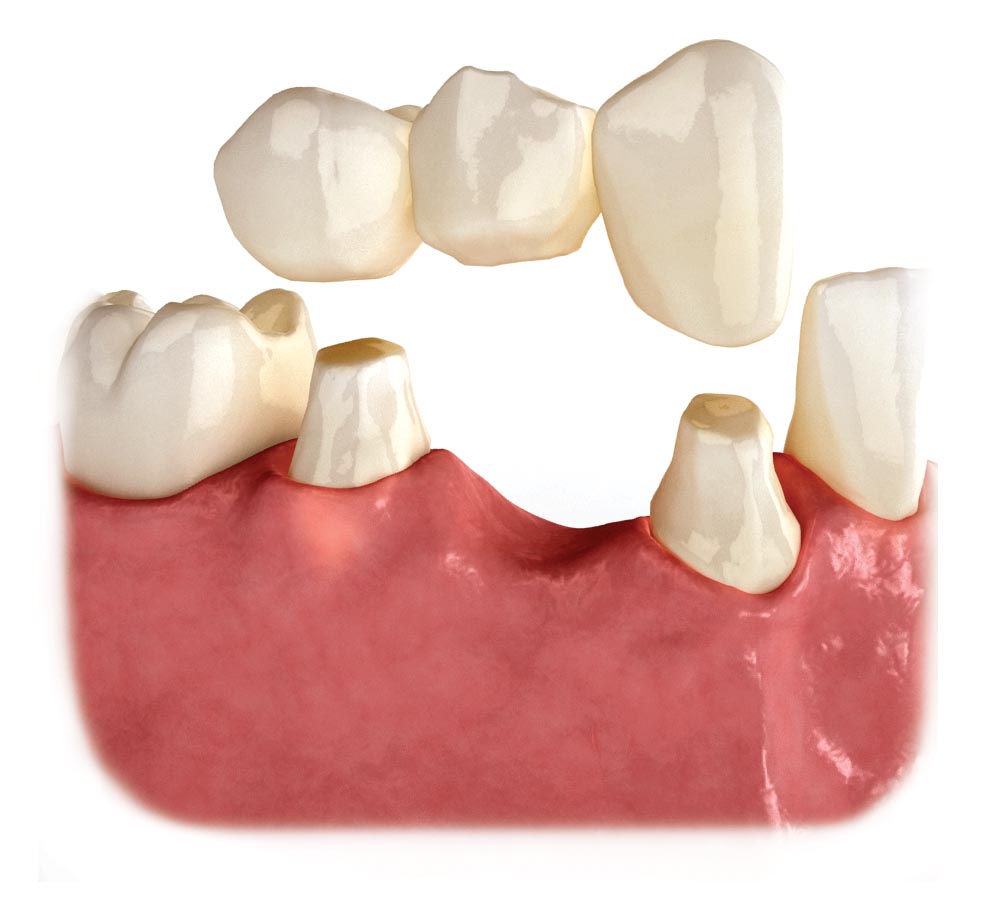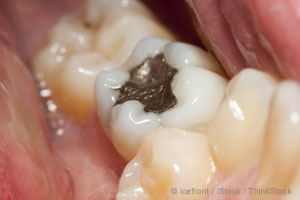Dentists and engineers have one thing in common: we build bridges!
My dad is a civil engineer, my brother is an architect. As expected, many people naturally speculated that I would follow their footsteps to pick up a career in engineering or construction. Here’s the plot twist: I didn’t really enjoy doing maths, but excelled in biology and chemistry. Ergo, the career option for engineering therefore went out the door. (I realise I theoretically could have done chemical engineering, but that’s up to an alternate universe to tell.)
IF YOU HAVE A MISSING TOOTH…
As a dentist I could still do one thing that an engineer does: design and build bridges! No complex calculations, just pure dentistry and an eye for aesthetics.
Bridges are one of three methods of replacing permanently lost teeth. The other two are dentures and implants, which I shall talk about on another day.
Here’s how dental bridges work…
The picture above is an excellent illustration of a conventional dental bridge. There is a missing tooth down the middle. The two teeth beside it are drilled down in size and shaped to serve as abutments for the bridge to sit on.
An impression is taken of the drilled-down teeth and of the gums, and is sent to the dental lab to manufacture a bridge. If you know what dental crowns are and how they work, this is a similar thing: crowns joined together to form a bridge across the missing tooth gum region. The bridge is then cemented onto the abutment teeth and it would look as if the tooth was never missing in the first place.
NEW IS ALWAYS BETTER?

As you can tell from the previous example of a conventional bridge, the drill-down process of the natural teeth does a lot of unnecessary damage of the existing teeth. In modern day dentistry we try to conserve as much natural tooth as possible. So a new technique was used to “glue” bridges to the adjacent teeth – this is called adhesive bridges.
This requires only very minimal drilling to the back surfaces of the abutment teeth. After this, an impression is taken and sent to the lab, where they make the bridge as shown above – an artificial tooth (we call in a pontic) flanked by two metal wings. The wings are bonded to the adjacent teeth using a strong resin cement.
Adhesive bridges are much more commonplace these days than conventional bridges. They are less damaging to natural teeth and requires less chairside drilling. In fact, I just did one for my patient the other day, to replace a missing canine tooth! He went home a happy man, and can finally smile with confidence!
—
I thought it’d be interesting to share with everyone out there, explaining what dental bridges are and how they work. And also to talk a bit about my experience in giving a patient a bridge – it was a win-win!




